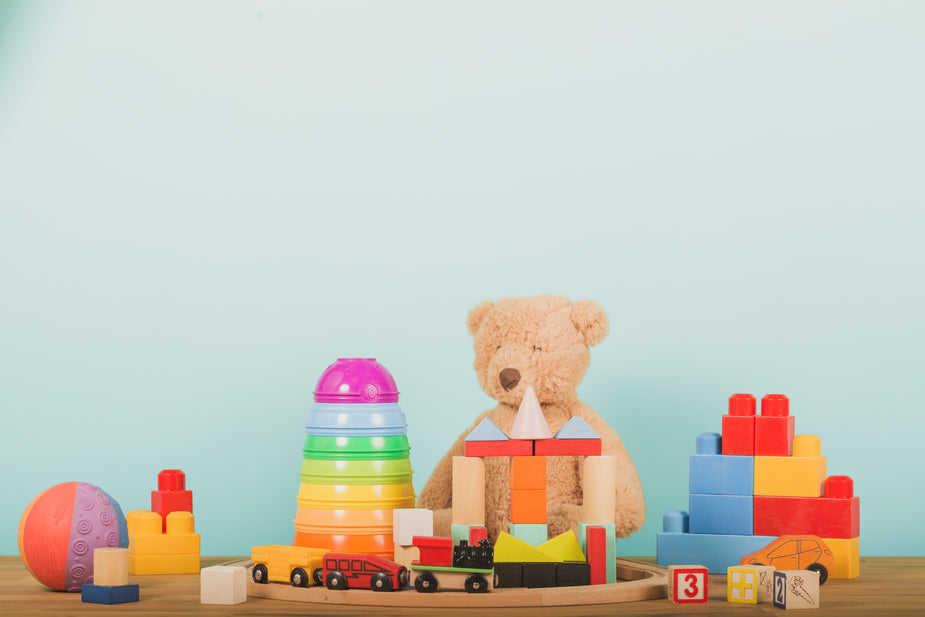When it comes to purchasing items for children, whether it’s toys, clothing, or other products, there are several essential points to consider. As parents, guardians, or individuals responsible for buying things for kids, it is crucial to make informed decisions that prioritize their safety, development, and overall well-being. This article aims to explore the important factors to remember when buying stuff for kids, emphasizing the significance of age-appropriateness, safety standards, quality, and educational value. By keeping these points in mind, you can ensure that the items you purchase are suitable, beneficial, and enjoyable for children.
- Age-appropriateness:
One of the most critical factors to consider when buying items for kids is age-appropriateness. Different age groups have varying developmental needs and capabilities, so it is vital to choose products that align with their specific stage of growth. Age recommendations provided by manufacturers can serve as a helpful guideline, ensuring that the item is neither too complex nor too simplistic for the child. This consideration helps prevent potential safety hazards and ensures that the child can engage with the product effectively.
- Safety standards:
Safety should be a top priority when purchasing anything for children. Look for products that meet appropriate safety standards and regulations. Check for labels indicating compliance with relevant safety certifications, such as ASTM International, the Consumer Product Safety Commission (CPSC), or the European Union’s CE marking. Carefully inspect the item for potential choking hazards, sharp edges, toxic materials, or loose parts that could pose a risk to a child’s safety. Always prioritize the well-being of the child and opt for products that have undergone rigorous safety testing.
- Quality and durability:
Investing in high-quality products ensures that they will withstand the wear and tear of children’s play and last longer. Consider the materials used in the item’s construction to ensure durability. Cheaply made items may break easily, potentially leading to accidents or disappointment for the child. Look for products with strong build quality, sturdy seams, and well-attached parts. Additionally, reading customer reviews and researching reputable brands can provide valuable insights into the quality and durability of the product.
- Educational value:
Children learn and grow through play, so choosing items that offer educational value is beneficial for their development. Look for toys and games that promote problem-solving, creativity, critical thinking, and motor skills. Building blocks, puzzles, art supplies, and educational games are excellent examples of items that foster learning and engagement. Consider age-appropriate books that encourage reading and language development. By selecting items that stimulate their minds, you can make the purchasing process more rewarding and contribute to their cognitive and intellectual growth.
- Longevity and versatility:
Children’s preferences and interests can change rapidly. To maximize the value of your purchase, consider items that offer longevity and versatility. For example, a toy that can be used in multiple ways or adjusted as the child grows will provide extended enjoyment and value. Similarly, clothing with adjustable features, such as waistbands or straps, can accommodate growth spurts. Opting for products that can adapt to changing needs and preferences reduces the frequency of replacement purchases and ensures a longer lifespan for the item.
Conclusion:
When buying stuff for kids, it is essential to consider various factors to make informed decisions. Remembering the points outlined above—age-appropriateness, safety standards, quality, educational value, and longevity—will help you choose items that are suitable, safe, and beneficial for children. By prioritizing their developmental needs, safety, and enjoyment, you can ensure that the products you purchase contribute positively to their growth and well-being. Whether it’s toys, clothing, or educational materials, thoughtful consideration during the buying process will help create a nurturing environment for children to learn,



